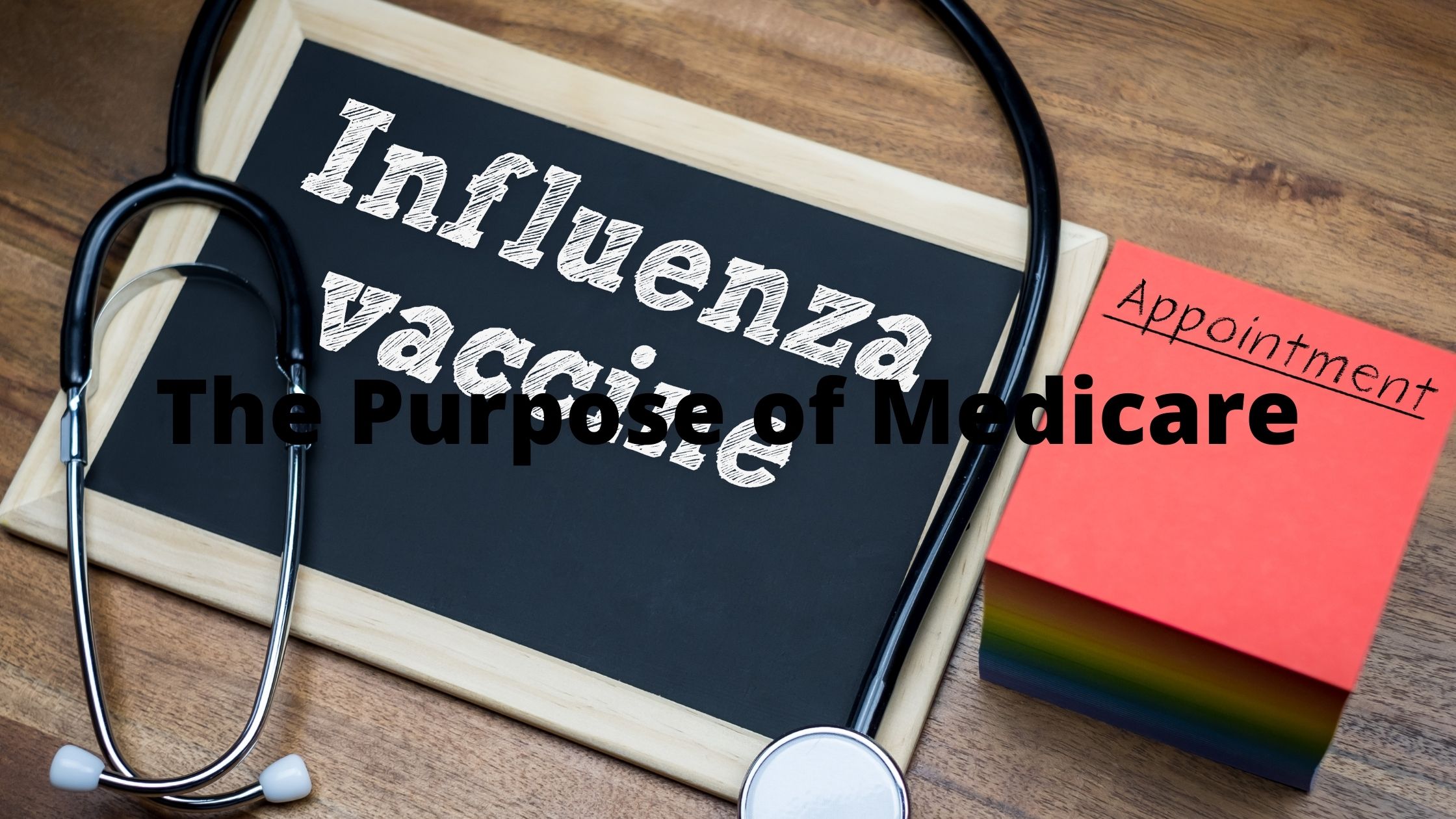As the population of retirees grows and the number of Medicare beneficiaries increases, it is clear that Medicare will become an increasingly important part of American healthcare in the years to come. In this article, we will explore two important benefits of eligibility for Medicare: cost savings and improved patient care.
What is Medicare?
Medicare is a government-run health insurance program for people over the age of 65 and those with certain disabilities. Medicare is divided into two parts: Part A covers hospital expenses, while Part B covers doctor expenses.
There are several ways to save on Medicare costs, including comparing plans and finding the best deal, signing up for prescription drug discount cards, and using medical savings accounts.
Improved patient care is another benefit of Medicare. Because Medicare pays doctors more than private insurance does, doctors are more likely to take patients on seriously who have Medicare coverage. This means that patients receive better care and can stay healthier longer.
So whether you’re looking to save money or get the best possible care for your loved ones, Medicare is a great option.
The Purpose of Medicare
Medicare is a government-sponsored health insurance program in the United States for people age 65 or older, people with disabilities, and spouses of military personnel. The program was established in 1965 as a way to provide coverage for people who could not afford it on their own. Today, Medicare provides coverage for medical expenses not covered by private health insurance or other government programs.
The purpose of Medicare is to improve the quality of patient care and to save the taxpayers money. One of the ways Medicare saves taxpayers money is by limiting payment rates for services provided by doctors and other healthcare providers. This allows Medicare to pay hospitals and other healthcare providers less per procedure or service than what would be paid if all patients were paid at the same rate. In addition, Medicare also pays for certain health care services that are not covered by private health insurance, such as long-term care facilities and prescription drugs.
Because of these cost savings measures, Medicare has been able to fund more high-quality hospital procedures and nursing home care than would have been possible without it. In addition, because seniors are more likely than younger adults to have chronic conditions such as heart disease, arthritis, or diabetes, Medicare has also been able to provide substantial
Types of Coverage in Medicare
Medicare is a government-run health insurance program for people aged 65 and older, people with disabilities, and some people with children. There are three types of coverage in Medicare: Part A (hospital insurance), Part B (medical insurance), and Part D (prescription drug coverage).
The major difference between the three types of coverage is how they pay for care. Part A pays for most hospital stays, while Part B pays for doctor visits and outpatient hospital services. Part D pays for prescription drugs.
One of the most important features of Medicare is its cost-sharing provisions. This means that beneficiaries must pay part of the costs associated with their care. For example, beneficiaries must pay 10% of the cost of hospital stays and 20% of the cost of doctor visits in Medicare. Beneficiaries also have to pay copays and deductibles for medications purchased through Part D.
Overall, Medicare is a cost-effective way to provide health insurance for elderly residents. In addition, the cost-sharing provisions help to lower beneficiary expenses overall.
How Much Does Medicare Cost?
Medicare is one of the most popular government-run health insurance programs in the world. It provides coverage for people aged 65 and older, as well as people with certain disabilities. Medicare has two main Parts, Part A and Part B. Part A covers hospitalizations and Part B covers doctor visits, prescription drugs, and other health care services.
Medicare costs vary a lot depending on your location, your age, and whether you have any specific health conditions. The average cost of Medicare Part A coverage in 2016 was $13,070 per year for an individual who was 65 years old or older and had no other form of coverage. For a person 65 years old or older with one child under 18 who was also covered by their parents’ health insurance, the average cost of Medicare Part A coverage was $20,580 per year.
There are many ways to reduce your Medicare costs. One way is to make sure you are eligible for benefits. You can find out if you are eligible by using the Medicare eligibility checker on the Centers for Medicare & Medicaid Services website (cmmss.gov). If you are not already registered with the cmmss.gov website, you can register now
How to Qualify for Medicare?
Medicare is a government-sponsored health insurance program for people aged 65 or older, and certain people with disabilities. If you’re age 65 or older and have been paying Social Security taxes since you were 18, you’re automatically eligible for Medicare. You may also be eligible if you have a serious illness that requires long-term care.
To qualify for Medicare, you must be an American citizen or resident, have paid federal income taxes for at least 10 years, and be able to prove you’re entitled to benefits under the Social Security Act.
There are several ways to become eligible for Medicare. One way is to become disabled after you reach age 65. If you become disabled before age 65, your employer may be able to pay part of the costs of Medicare.
As of 2011, the average cost of hospital inpatient stays was $5,811 per stay and the average cost of nursing home care was $14,792 per month. The average cost of prescription drugs was $4,002 per month.
If you’re age 65 or older and have been paying federal income taxes since you were 18 (or started making payments when you reached age 21), you’re automatically eligible for Medicare. You may
What are the Costs of Not Having Medicare?
Medicare is one of the most important programs in the United States, and it is important to understand what the costs are for not having it. For every year that a person does not have Medicare, they will be responsible for an additional out-of-pocket expense. The average cost for someone over 65 years old without Medicare is $13,000 per year.
This amount does not include the cost of prescription medications or doctor visits. If a person has Medicare, they will only have to pay $1,548 per year on average. This means that people who do not have Medicare are paying an extra $12,348 per year on average.
There are many reasons why it is important to have Medicare. One reason is that it can save a person a lot of money in the long run. Another reason is that it can improve patient care because there are more resources available to doctors and hospitals. If you are eligible for Medicare, you should definitely consider signing up for it!
Conclusion
Medicare is a government insurance program that provides coverage for people aged 65 or older, people with disabilities, and some pregnant women. It’s one of the largest healthcare programs in the world, and it’s growing every year. As Medicare begins to cover more services and people, it’s important for providers to be aware of its eligibility rules so they can provide the best possible care for their patients. In this article, we discuss two ways you can save money on Medicare: by understanding your eligibility status and by taking advantage of cost-sharing reductions. We also explain how improved patient care due to better enrollment in Medicare could lead to increased revenue for your healthcare organization.

